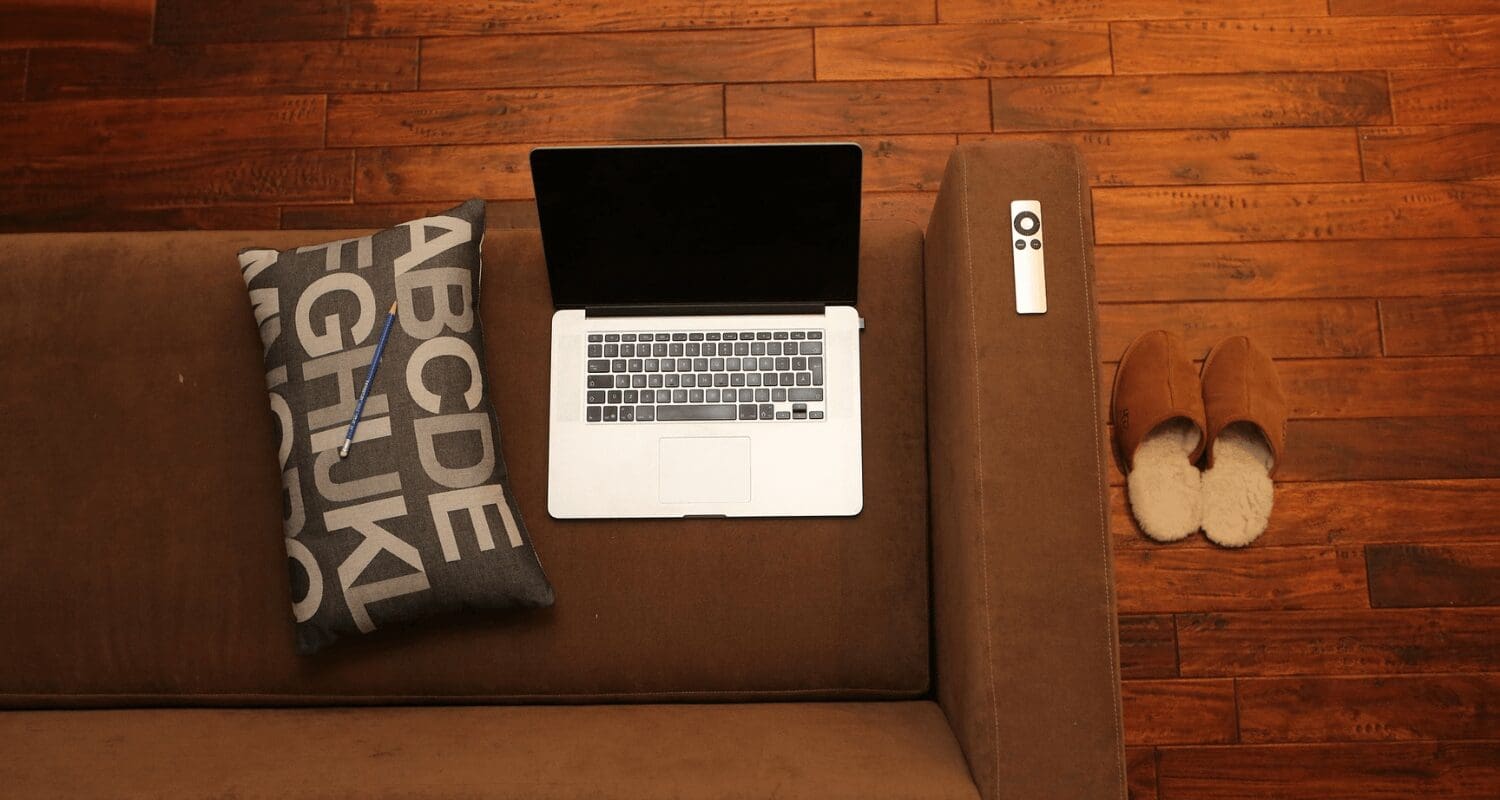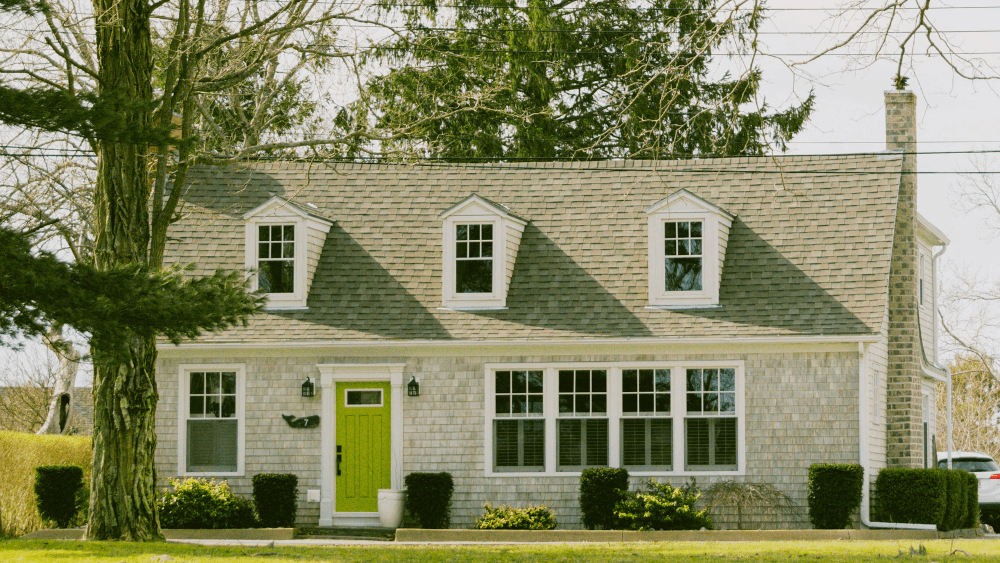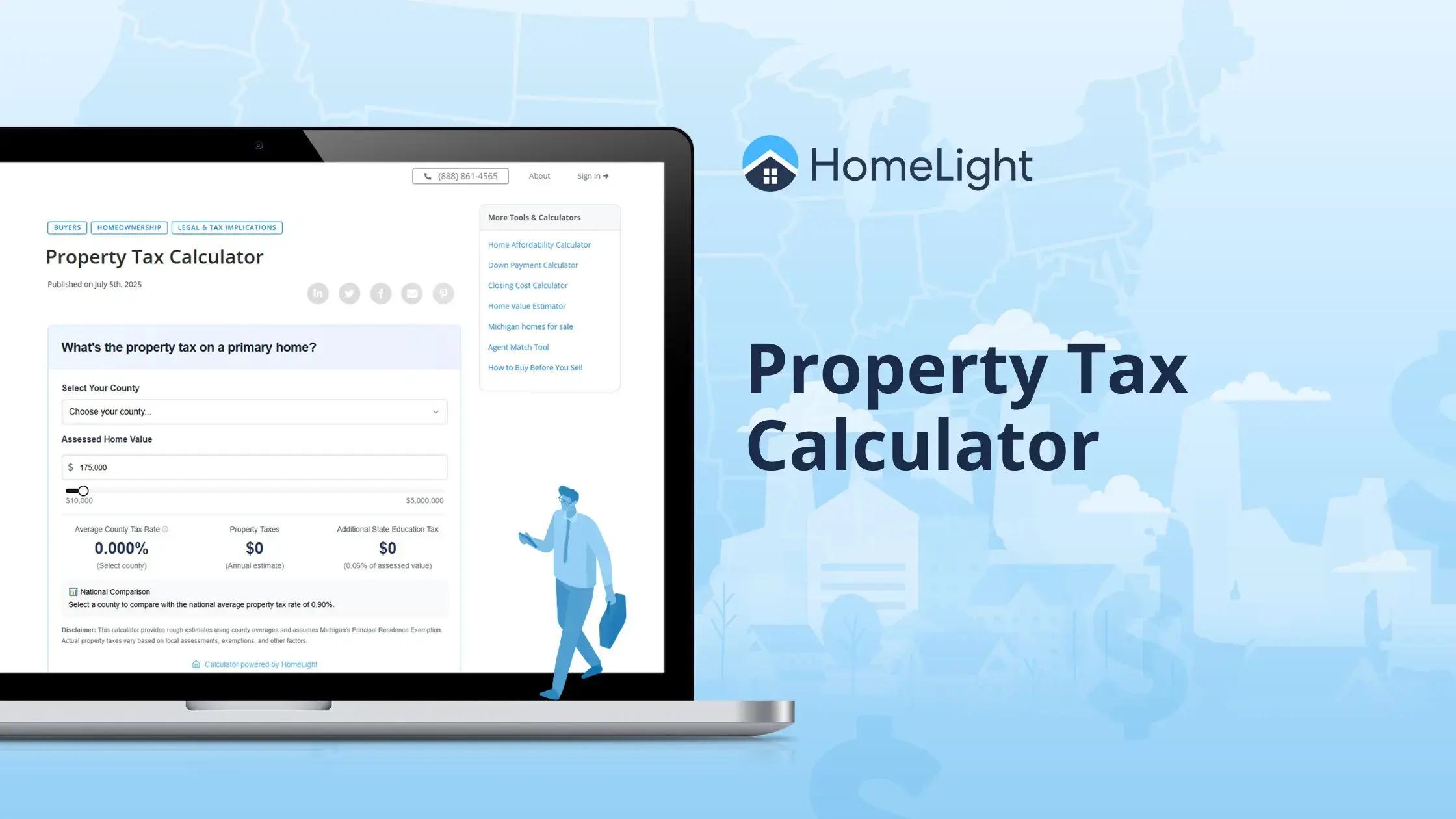
Of all of the fundamental features that can affect the value and perception of a home, flooring is often the most overlooked. If you’re planning to sell your home and want to understand where to invest your time, energy, and money in remodeling projects that will increase value, you need to take a hard look at your flooring. “Besides the basics like your roof and mechanical things, flooring is the next most important factor that influences how buyers feel about your home. It sets the tone and mood for the entire home,” explains Joseph Singsheim, a top real estate agent in Milwaukee, Wisconsin, who sells homes 43% quicker than the average agent in his area. When it comes to flooring, there are lots of options to choose from, and lots of factors that may influence which type of flooring is best for your situation. We researched the top flooring reports and spoke to expert real estate agents to create this guide to help you make the most informed decisions about flooring. Here’s exactly what to make of your home’s floors, and what flooring investments are worth the effort. It’s no surprise — hardwood flooring has long been the top choice for buyers and agents alike, and remains so in today’s market. According to a recent study conducted by the National Association of Realtors, 90% of homeowners who upgrade to hardwood floors have a greater desire to be home and 77% have an increased sense of enjoyment when they are home. Additionally, the same study showed that refinishing hardwood floors yielded 147% cost recovery, and installing new wood floors yielded 118% cost recovery in terms of the increased resale value as compared to the cost of the project. Homeowners also love the results, with installing new wood flooring scoring perfect marks in NAR’s assessment of homeowner satisfaction with remodeling projects. Hardwoods are a solid flooring choice, with a few styles making it to the top of everyone’s list; but you can still make a great sale on your home even if it isn’t fully decked out in the materials of the moment. An uptick in flooring sales bega in 2021 as people poured money into home renovations, including in carpeting, which is still a popular choice for bedrooms There are other budget-friendly options that may provide a fantastic aesthetic and durable functionality. According to Singsheim, “There’s been quite a big change in the last few years. Twenty years ago carpet was in, and then the hardwoods started coming back. But now we’re trending toward the luxury vinyl tile and laminate type of flooring.” At the end of the day, you need to consider more than just which type of flooring buyers want most. If you’re prepping your home to sell for the highest value, you have to factor in your home’s current condition and the cost of various flooring options weighed against the potential increase in value for each option. To help you make an informed decision, reference this table to consider the cost and potential return on investment (ROI) for each potential flooring option. • Less expensive • Very durable • Great aesthetic • Sustainable • Hard to maintain • Harder to refinish • Can re-polish • Ongoing resealing • Easy installation • DIY mistakes • Warm and cozy • Pets and allergies • Easy installation • Hard to maintain • Low cost • Less durable Contrary to what all those home renovations on HGTV made you think, not every room needs to have the ideal flooring; there are definitely rooms where it matters more than others. Additionally, the ideal type of flooring may be different for each room. The main areas of the home, such as the entryway, living areas, dining areas, and kitchen, are typically the first that buyers will see and will set the mood and tone for the rest of the home. Getting the flooring right in these areas is the first priority. Ashlynn Petrocco, a top real estate agent in Dallas, Texas who’s sold homes in as few as seven days, explains that buyers want to see hard surfaces in the main areas of the home. “Wood flooring or even laminate,” she says, “and anything hard surface over carpet.” While Singsheim agrees that hardwood or a similarly-looking luxury vinyl flooring option is best for the main areas, it can be tasteful to use a nice marble, stone, ceramic, or porcelain tile floor for the main entryway and/or mudroom. “Tile flooring, in general, has always been popular. These are great for landings inside doorways and can be used in tandem with other floorings when done well.” As for the bedrooms (especially on the top floor), believe it or not, carpet is still a good choice. “A lot of people still use carpet on the second floor instead of the first,” explains Singsheim. “It can help reduce noise, especially when there are young children, it’s more comfortable in areas where you may be spending more time on the ground, and it keeps the floors warmer.” So while hardwood may be more aesthetically pleasing, it’s okay to choose comfort in bedrooms. Here are a few general tips when considering flooring for various rooms: Excessive wear and tear on the flooring will drive buyers away. So focusing on getting your flooring right before listing the house is an important step. Singsheim cites the condition of the floor as one of the main reasons that buyers walk away from a sale. “It’s a big expense for a lot of people… It’s not like painting or other things that can be done after moving in. With flooring, you can’t move in until it’s done.” Here’s how to get floors ready for an open house: Carpets aren’t really en vogue today but whether or not the carpeting works in the home comes down to where it’s located. “If carpet is in the bedroom, and in good condition, then that’s OK. Buyers are OK with carpet when it’s clean” explains Petrocco. When looking at carpets, think of how buyers would feel and try to see the floors with fresh eyes. Ask yourself these questions to determine if your carpets are in good shape, and be honest. If the answers to these questions leave you shaking your head, then it’s time for a replacement. Petrocco summarizes her rule on carpeting as follows, “If you’re going to keep the carpet, make sure it’s fresh.” Proper hardwood floor maintenance may considerably increase a home’s value. But, completely redoing hardwood floors is an expensive undertaking if you don’t plan on staying in a home. Rather than making that kind of investment right away, work with a real estate agent to see what can be done to treat the floors first. A combination of quick fixes and conditioning might be all it takes to get antique floors looking like they just came from the sawmill. “Depending on the condition,” Petrocco says, “Murphy’s Oil Soap or any other floor conditioning can go a long way, you’d be surprised.” At a bare minimum, here are ways to bring back tired hardwood floors: Synthetic home materials are getting better all the time, and flooring is no exception. According to a 2021 survey conducted by 50 Floor, laminate and vinyl flooring options were right behind hardwood flooring as the preferred option for redoing floors, capturing nearly one-third of respondents. Floor Covering News, a national research-based publication, recently reported that resilient flooring (a blanket term used for most synthetic options) holds 22% of the total flooring market in volume and increased more than 185% since 2010 — meaning more people are choosing vinyl over wood or carpet every single year. “Not only is luxury vinyl flooring cost-effective, but it comes in so many different and modern patterns that it can pretty much go with anything to get the feel of an updated home without a huge expense,” says Singsheim. Faux-wood vinyl flooring is cost-effective, easy to install, offers a huge variety to choose from, and has even more perks besides. Not all vinyl is soft, and some offer extreme scratch-resistant and pet-proofing qualities that will go a long way with buyers. Just like walls and surfaces, floors should be at their best during home showings. While hardwood floors are generally preferred, there are more synthetic options now than ever before to give your home a modern look without a huge expense. Set aside time with an agent during initial meetings to determine what the floors in your home need. Whether it’s a quick clean or a full replacement, it’ll pay off when the buyers arrive. HomeLight’s free Agent Match platform can connect you with a knowledgeable real estate agent in your area with the experience and intuition you need to help you make the best decision regarding your flooring. A proven agent will know how to determine the current condition of your floors, whether they need attention, and which remediation options will give you the best return on your investment.
There’s been quite a big change in the last few years. Twenty years ago carpet was in, and then the hardwoods started coming back. But now we’re trending toward the luxury vinyl tile and laminate type of flooring.
Which types of flooring do buyers look for?
Which type of flooring provides the best value to home sellers?
Flooring type Cost per square foot ROI Pros Cons Hardwood (new) $6-$12 High • Natural look • Longevity • Scratches easily • Water resistance Hardwood (refinish) $2-$7 High • Newer finishes • Scratches easily • Water resistance Luxury vinyl tile (LVT) $2-$8 High • Easy installation • Very durable • Vinyl aesthetic • DIY mistakes Luxury vinyl plank (LVP) $2-$12 High • Hardwood look • Vinyl aesthetic • DIY mistakes Ceramic or porcelain tile $8-$15 Mid • Water resistant • Installation is hard • Can break easily Exotic Hardwood (new) $10-$30 Mid • Luxurious • Very expensive Engineered hardwood $4-$9 Mid • Less expensive • Water resistant • Less durable Natural stone $2-$30 Mid • Looks luxurious • Hard to install Vinyl composite tile (VCT) $2-$6 Mid • Water resistant • Less luxurious Carpet $3.50-$10 Low • Most comfortable • Wears easily Laminate flooring $3-$7 Low • Durable • Water damage Linoleum $3-$8 Low • Easy installation • Looks cheap Which rooms matter most when it comes to flooring and home value?
How do you get your floors ready for the home sale?
Evaluate the carpets with a critical eye
Repair hardwood floors
Consider flooring alternatives
Partner with a top agent who knows what buyers want in your market


